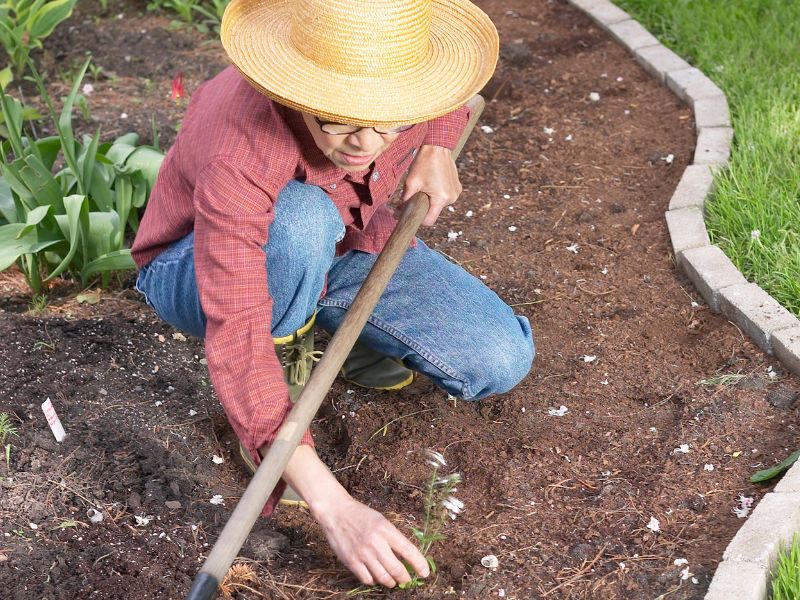4 Tips For Processing Your Organics at Home

Knowing Food Cycle is so important to many and helps prevent thousands of pounds of food scraps from going to landfills, we wanted to share four ways you can process your food waste at your home during the interim period when our Food Cycle program was on hold.
1. Ensure that you’re maximizing the volume available in your bucket. This can be done by pressing down food scraps as much as possible. Many of our participants already do a great job at this! You can press food waste down using a plate stored on top of the food scraps (just be sure to remove it before returning the bucket to us) or with a potato masher. This also removes air to make the bokashi process more effective.
2. Save food scraps in the freezer. If you have space available in your freezer, food scraps can be stored there in a plastic bag or a container that isn’t glass. This is helpful to save them to be added to your bucket as normal once services resume. (Alternatively, this is a great technique to save scraps and make veggie stock out of them at a later date!)
3. Start a new bokashi bin. Note that the bokashi process can be carried out in any airtight container. Thus, if your 5-gallon Food Cycle bucket fills up, you can continue layering your kitchen waste and bokashi bran in any other airtight container you have available– large mason jars work great! This can be added to your empty bucket once Food Cycle services resume.
4. Bury your organic materials in your yard. Once the kitchen waste in your bucket has fermented for 2 weeks undisturbed (freeze or ferment in another container while you wait), it can be trenched to decompose and enrich your home soil; read more about the process here.
When selecting a location to trench, keep in mind that some dogs are attracted to the smell of the fermented matter and may try to dig it up. If you don’t have yard space, trenching can also be done on your patio or balcony using a large container and soil or potting mix; view step-by-step instructions here.
As mentioned, one benefit of the bokashi process is that it can sit, unopened, for extended periods of time. If you aren’t able to process your food waste with any of the above methods, top off your full bucket with bokashi bran, close the bucket securely (but not so tight you can’t reopen it) and tuck it away.
Now that we are able to resume Food Cycle operations, please check our Food Cycle page for updated processes as you bring your buckets in for exchange!
We are so grateful for your ongoing commitment to Solana Center and we appreciate your support for public safety at this critical time.
If you have any questions, please reach out to us at info@solanacenter.org.
